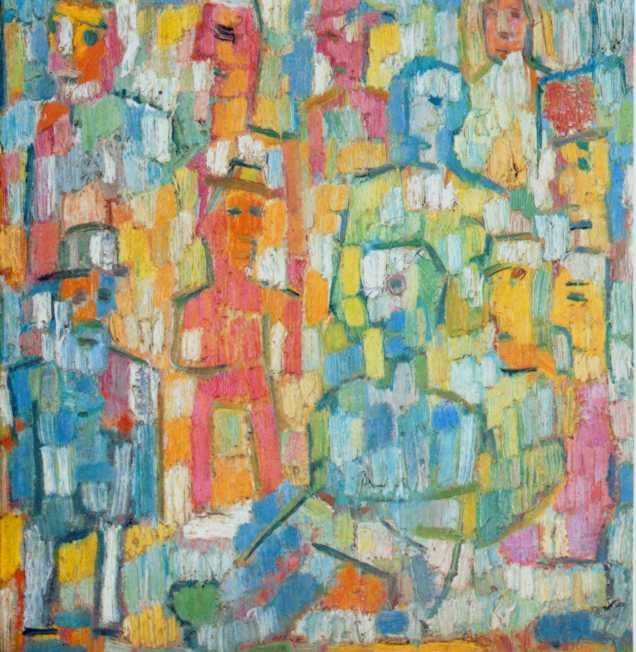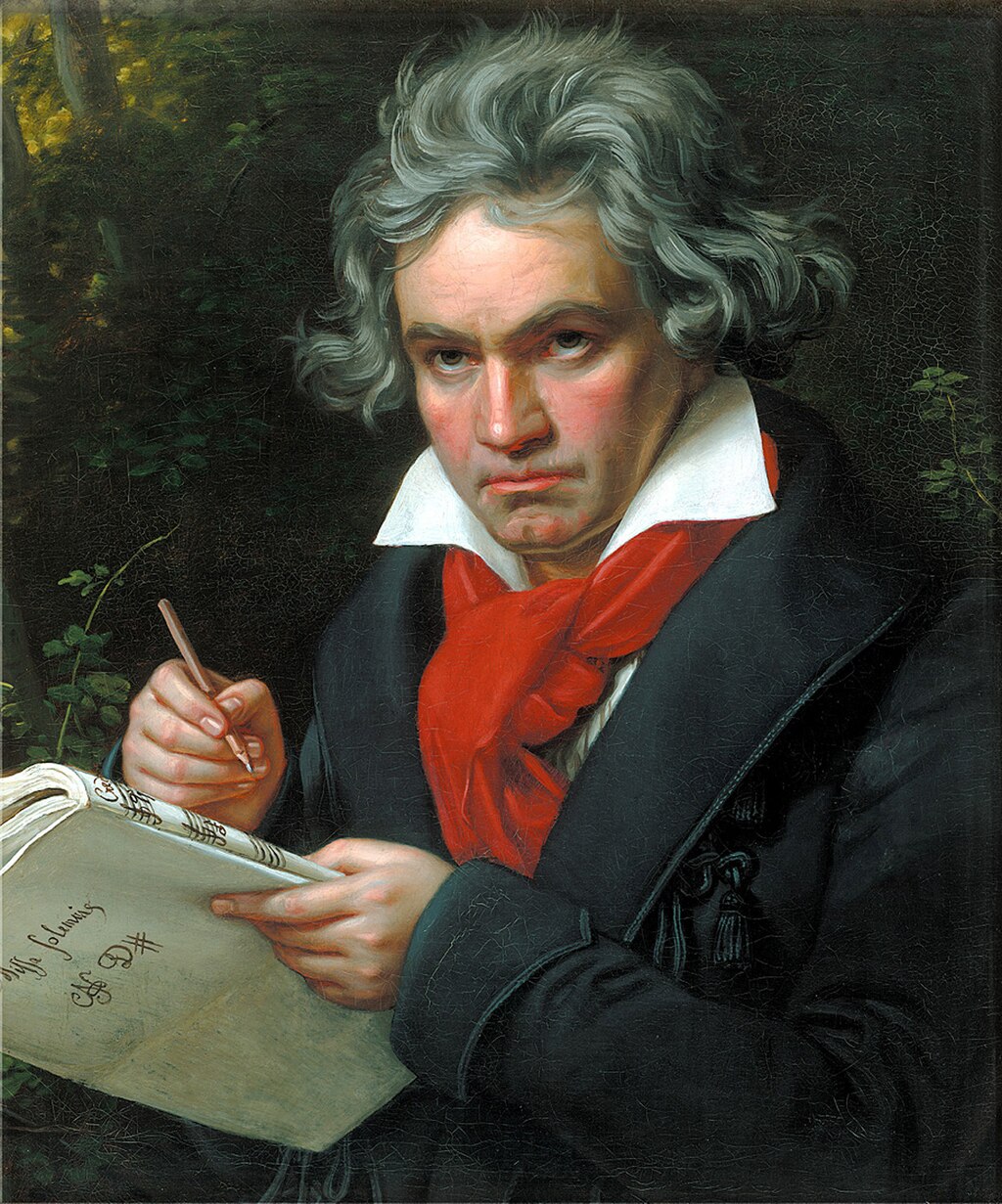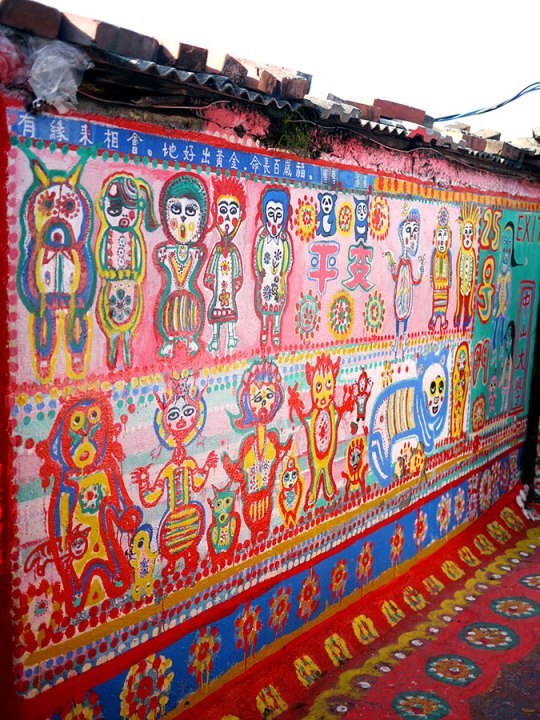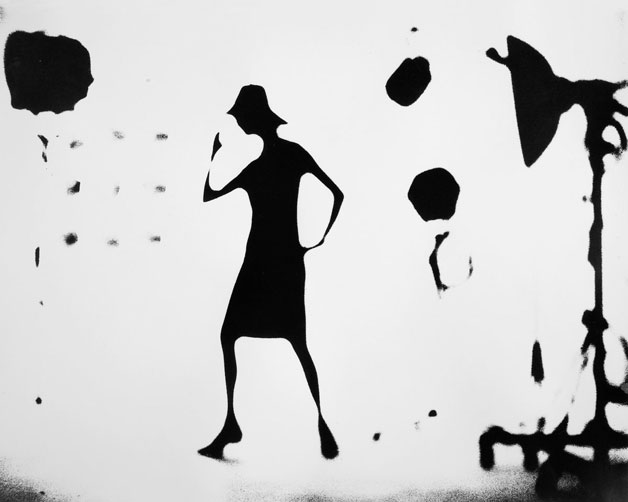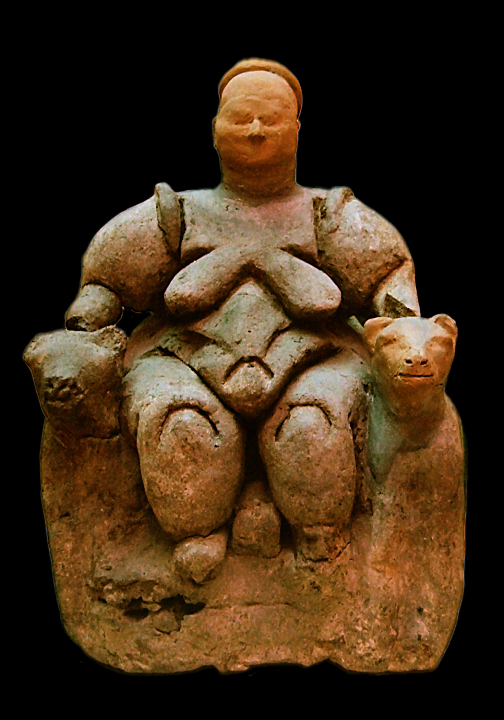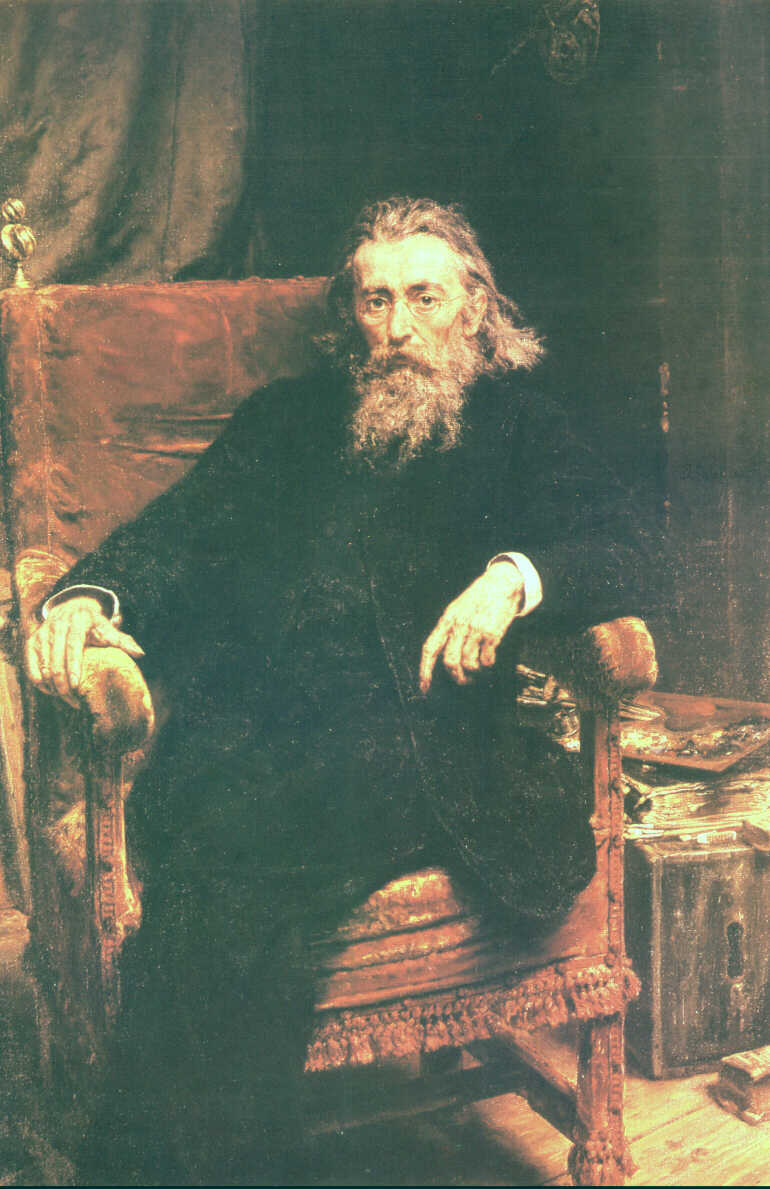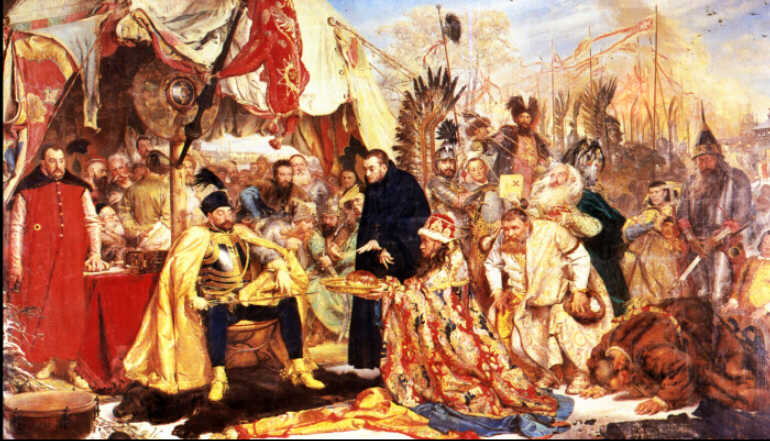Icon
![]() Word icon comes from Greek eikon – "Image”, "image”. Originally in Byzantium, this term was used to describe religious images, both in blackboard painting, and wall. Contemporaries, talking about the icon, they mean first of all the first meaning. Icons have always depicted saints, while being at the same time, in the Eastern Church, cult images and an object of spiritual contemplation. Spiritual and corporeal homage was paid not only to the icon, but an image of a saint, which was on it, which was sanctioned by resolutions of councils, in particular, the Council of Nicaea with 787 r. It was found then, that the possibility of performing cult images results from the Incarnation of the Word of God and is one of the traditions of the Church. Because cult art was limited by dogmas, theologians decided about its shape, obliging artists to follow the iconographic and color canon. It was a guarantee that the image would be similar to the original. Old and miraculous icons were valued the most. The first icons were to be images of the Virgin Mary, painted by St.. Luke, and the image of Christ, not created by a human hand.
Word icon comes from Greek eikon – "Image”, "image”. Originally in Byzantium, this term was used to describe religious images, both in blackboard painting, and wall. Contemporaries, talking about the icon, they mean first of all the first meaning. Icons have always depicted saints, while being at the same time, in the Eastern Church, cult images and an object of spiritual contemplation. Spiritual and corporeal homage was paid not only to the icon, but an image of a saint, which was on it, which was sanctioned by resolutions of councils, in particular, the Council of Nicaea with 787 r. It was found then, that the possibility of performing cult images results from the Incarnation of the Word of God and is one of the traditions of the Church. Because cult art was limited by dogmas, theologians decided about its shape, obliging artists to follow the iconographic and color canon. It was a guarantee that the image would be similar to the original. Old and miraculous icons were valued the most. The first icons were to be images of the Virgin Mary, painted by St.. Luke, and the image of Christ, not created by a human hand.
The Christian icon-painting tradition probably dates back to Egypt, where from the 1st to the 4th century. sepulchral portraits were taken, that is, relating to the afterlife, as a rule, depicting the image of the deceased (the so-called. Fayum portraits). The oldest surviving icons, made with encaustic and tempera techniques on wooden boards (solo or covered with linen), come from the monastery of St.. Catherine on Mount Sinai. Encaustic was a painting technique, in which beeswax was used as a binder, hot mixed with colored pigments. This resulted in durability and resistance to moisture, and the only weakness was reacting to high temperatures. This technique was already used in ancient Greece and Rome. In turn, the tempera method was based on the use of an organic binder (m.in. protein, egg yolk, milk, resin mixed with dye), sometimes covered with wax. While the encaustic method gave the effect of shine and color intensity, so much the tempera icons were dull, and their colors are subdued. The tempera method was the most widely used technique.
Icon painting quickly spread in the rites of the Eastern Church and throughout the territory of Byzantine influence. This art flourished most in the 11th centuries – XV, perhaps the heights of artistry would have been achieved before, if not for the iconoclastic movement (seditious). From XI w. the number of icons in the cult began to increase, and iconography has changed and enriched in general. At that time, new sets of topics related to broadly understood religion appeared. Icon making did not fail after the fall of the Byzantine Empire. It survived in Greece and Russia, acquiring an increasingly symbolic and allegorical character while maintaining the traditional canonical foundations in terms of iconography and colors, as well as performance techniques. From the 18th century. In Russia, new methods of performing icons began to develop and began to depart from Byzantine canons. Only Old Believers (opponents of reforms in the Orthodox Church, carried out in 1655 r. by Patriarch Nikon) they were faithful to tradition. W XX w. the old methods began to be reverted, and the art has not yet disappeared.


